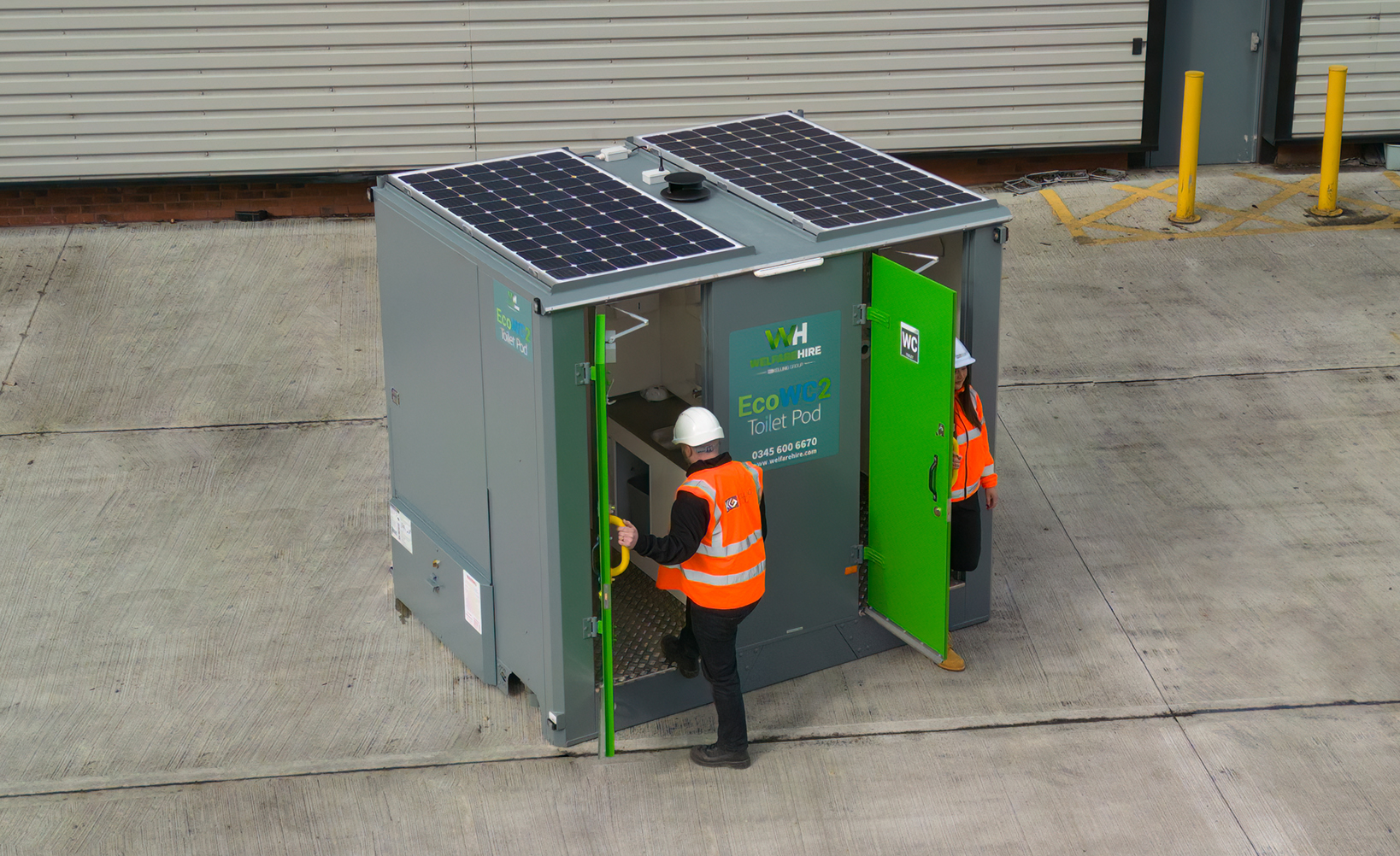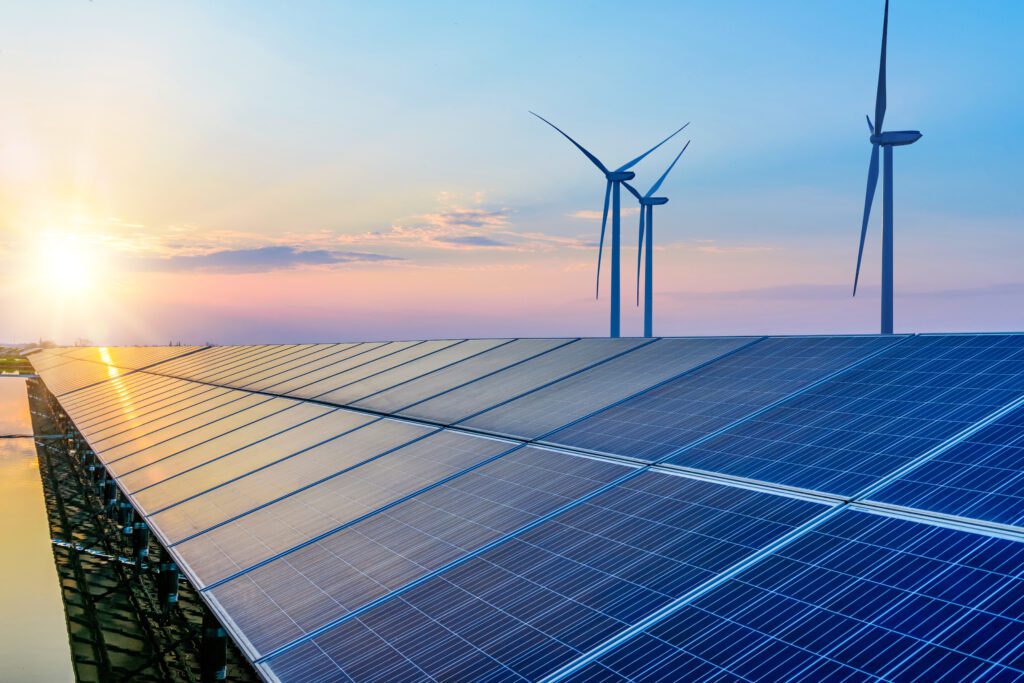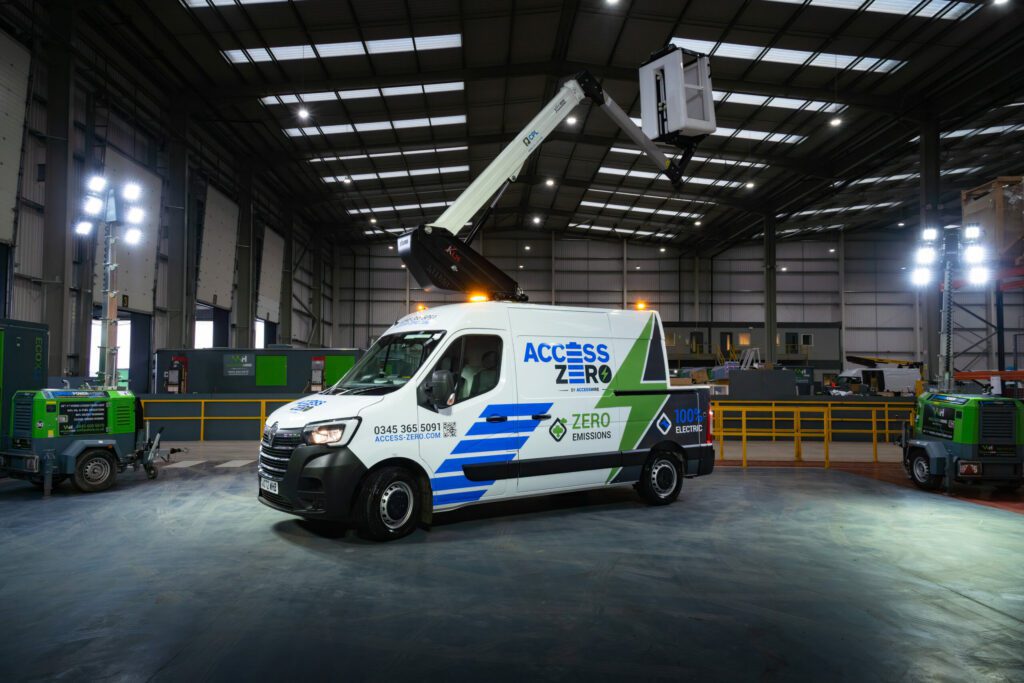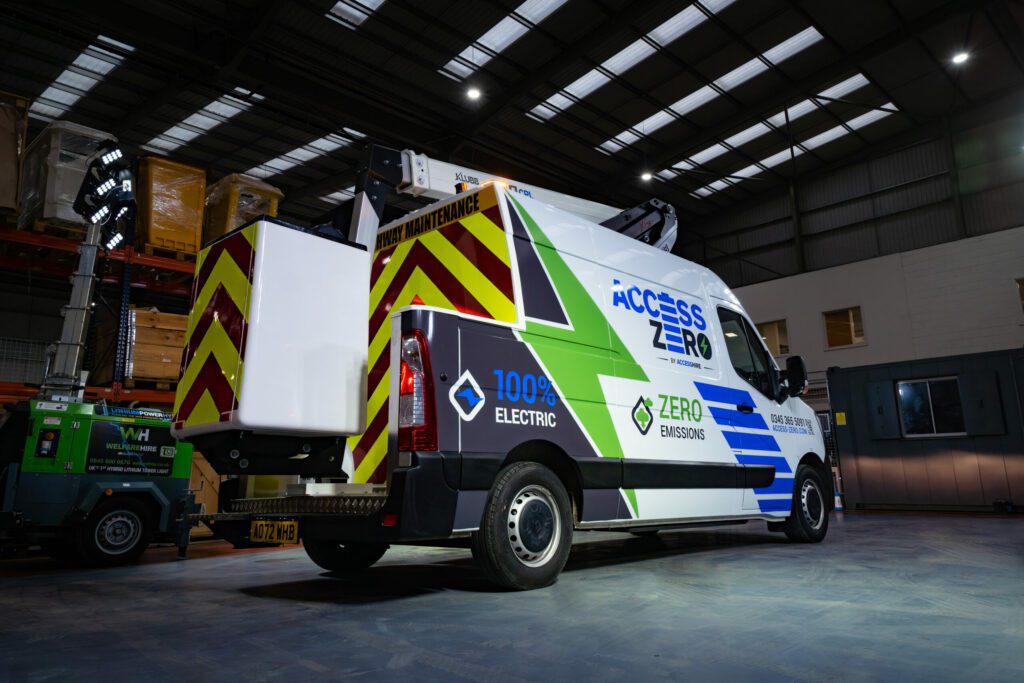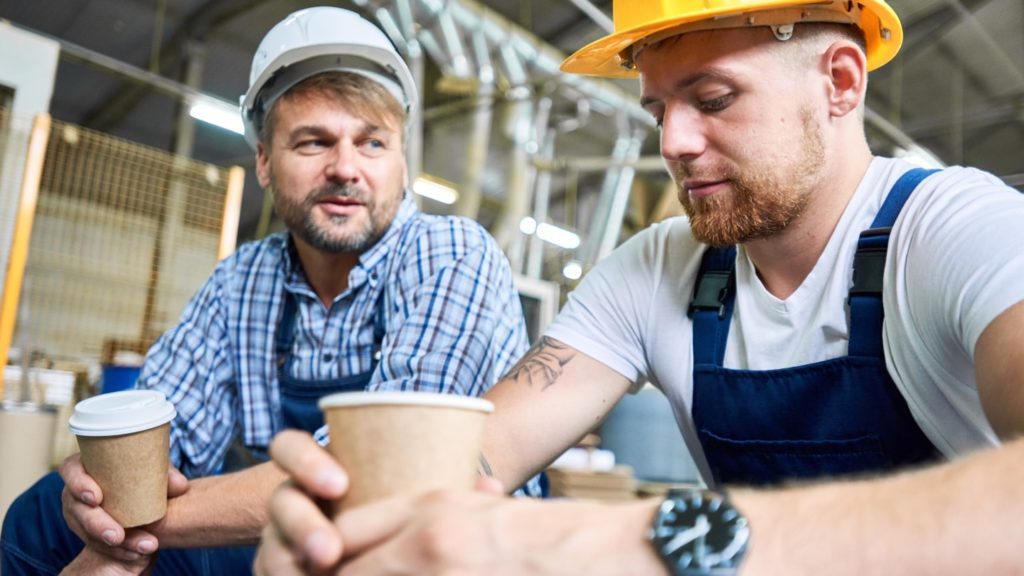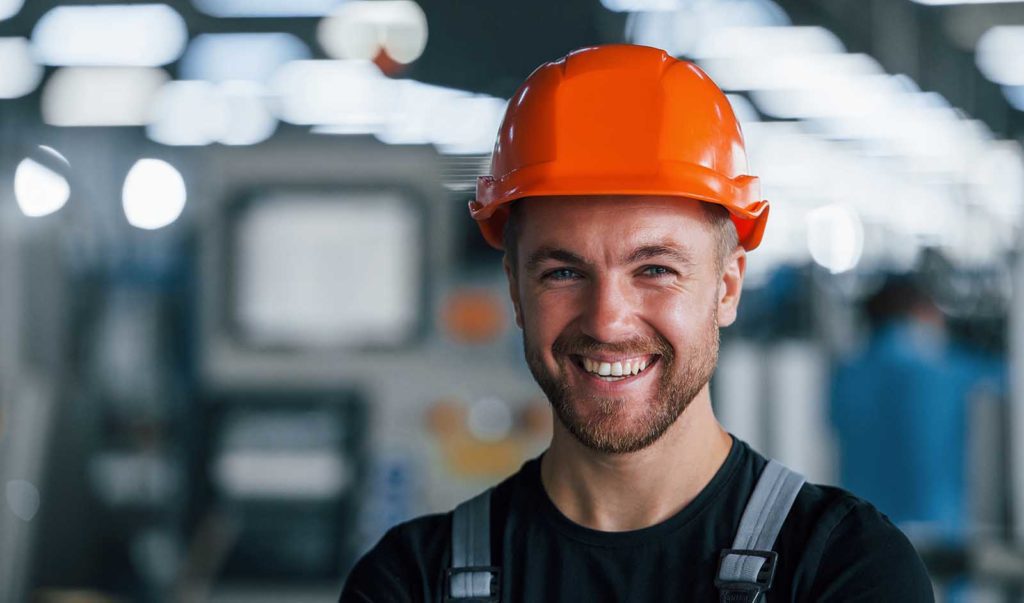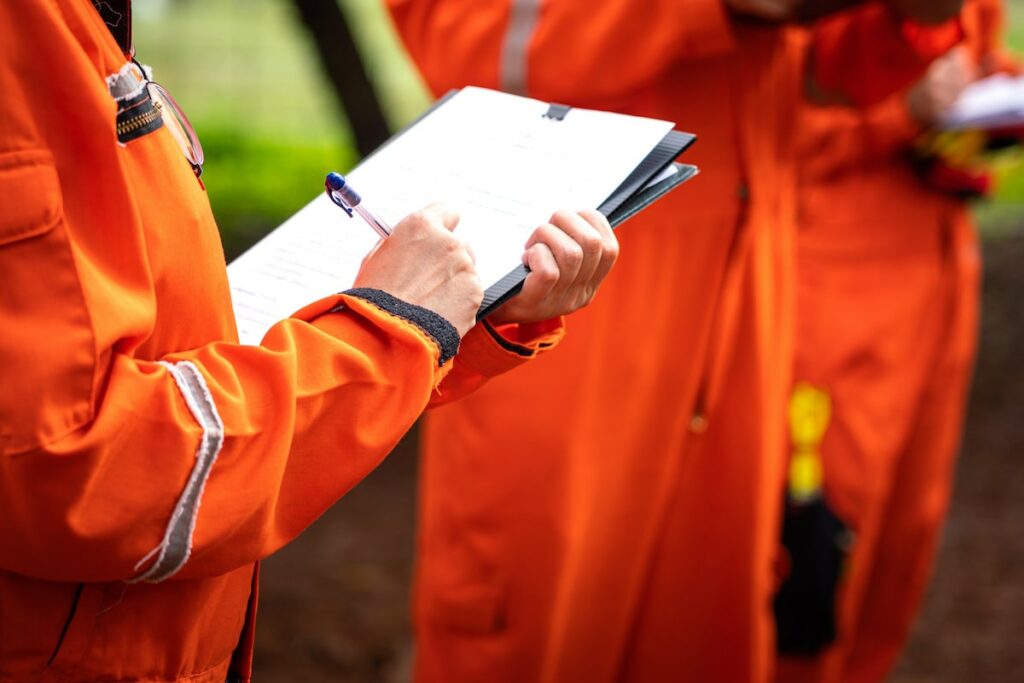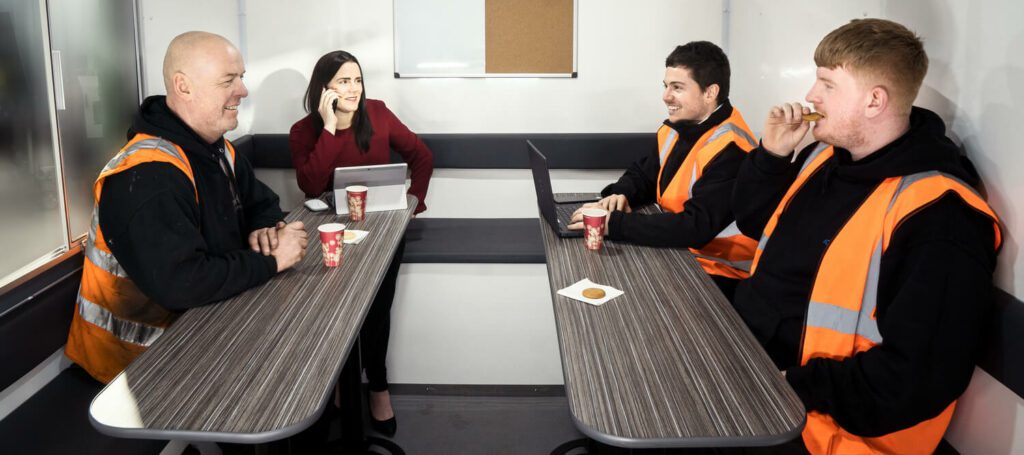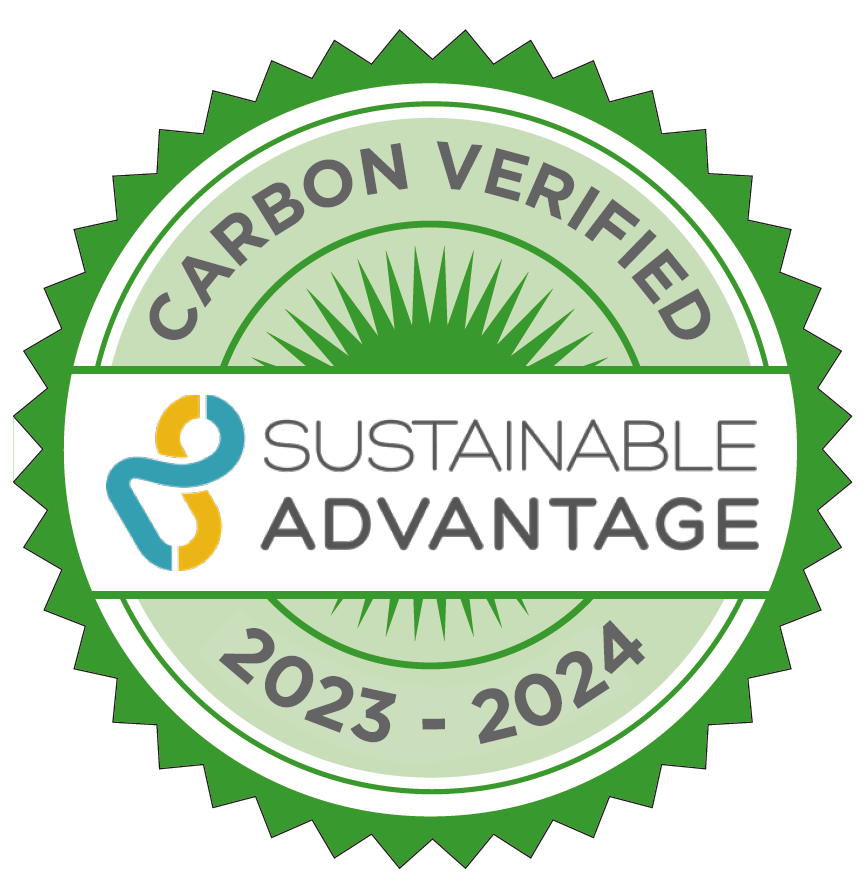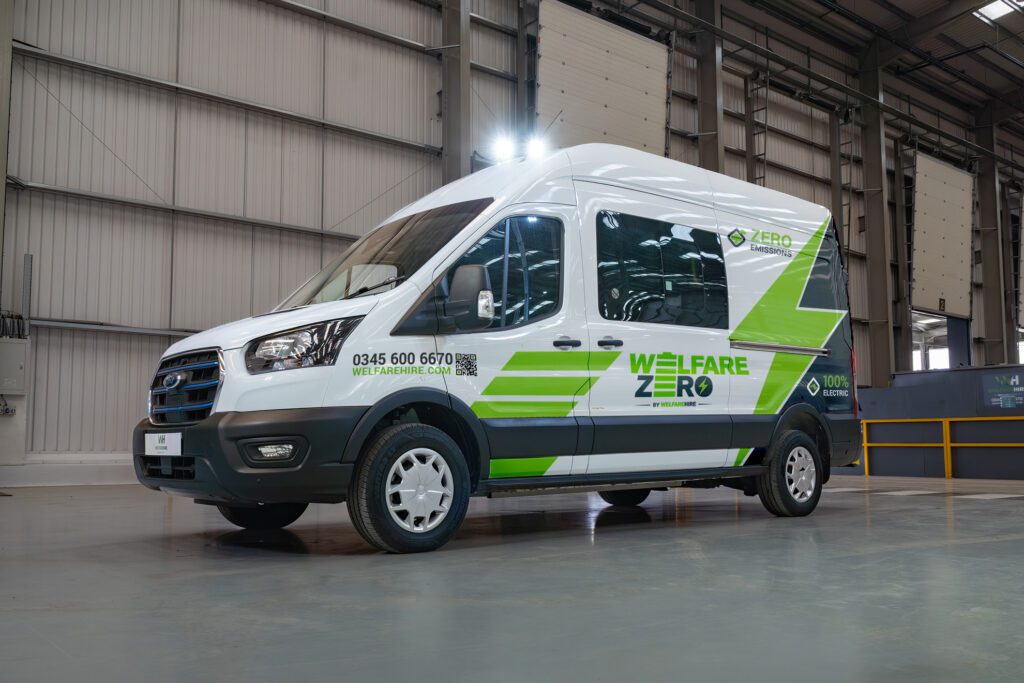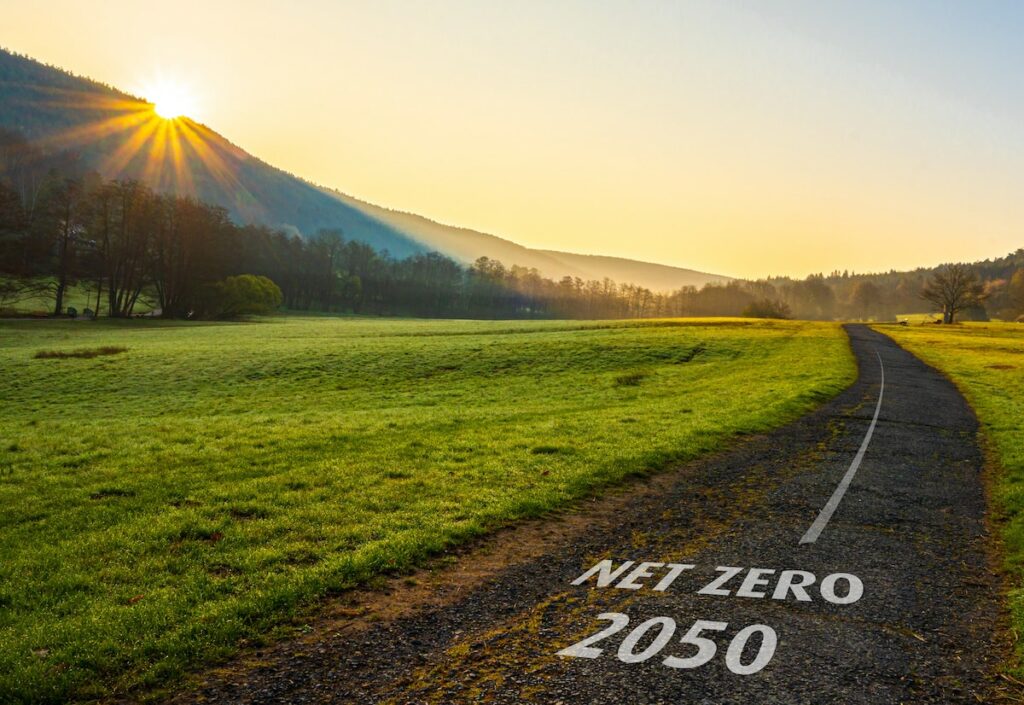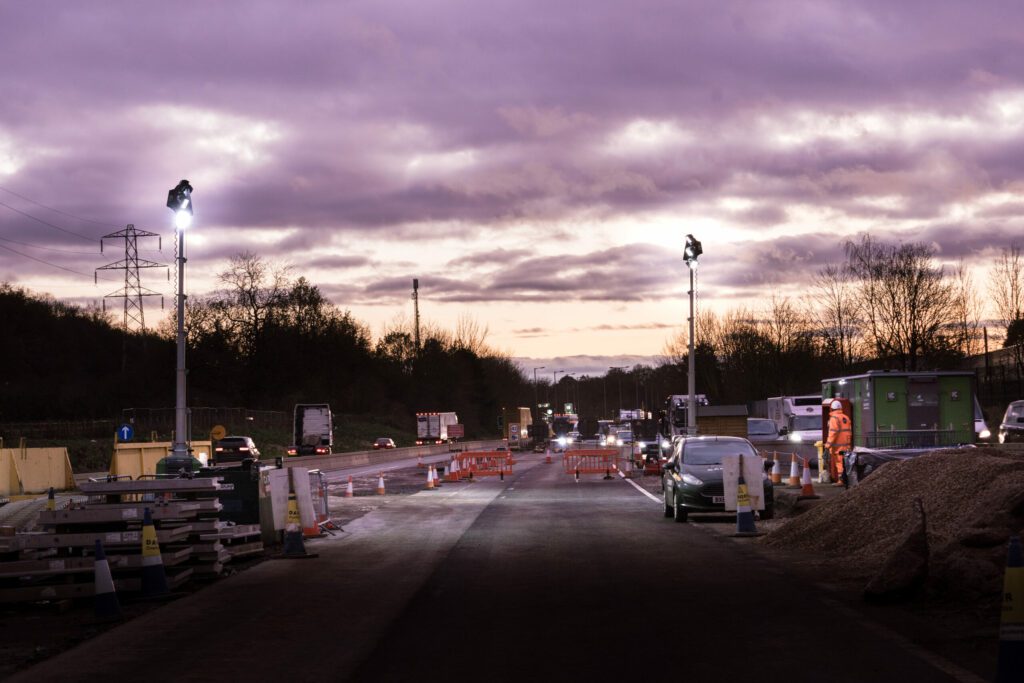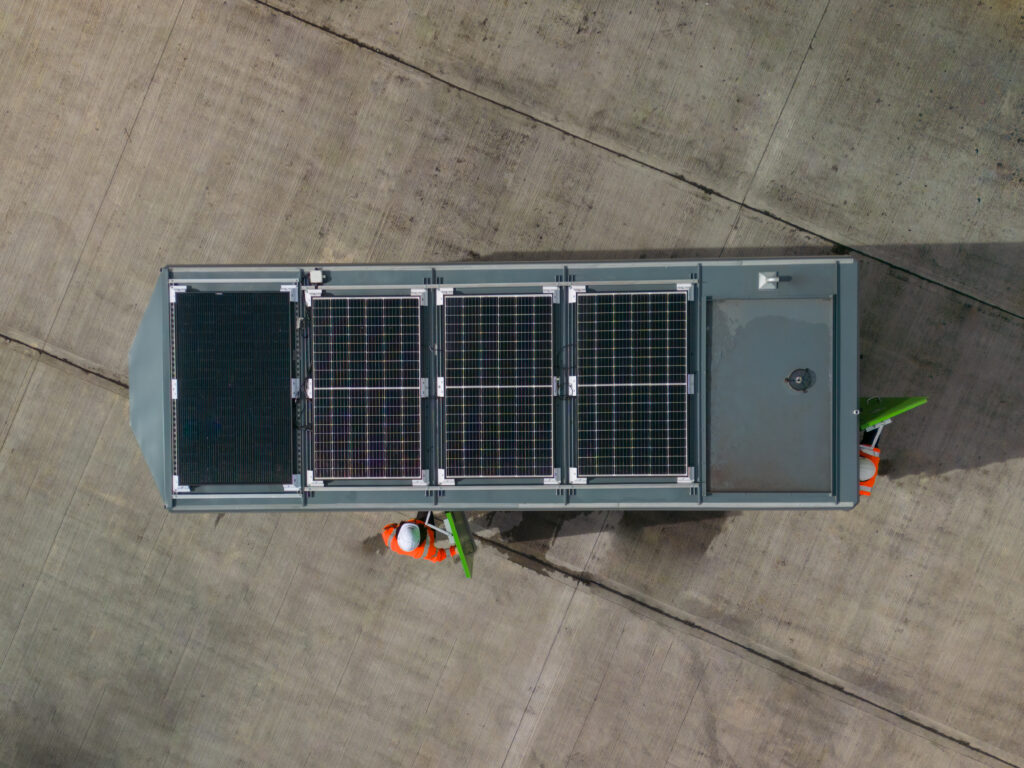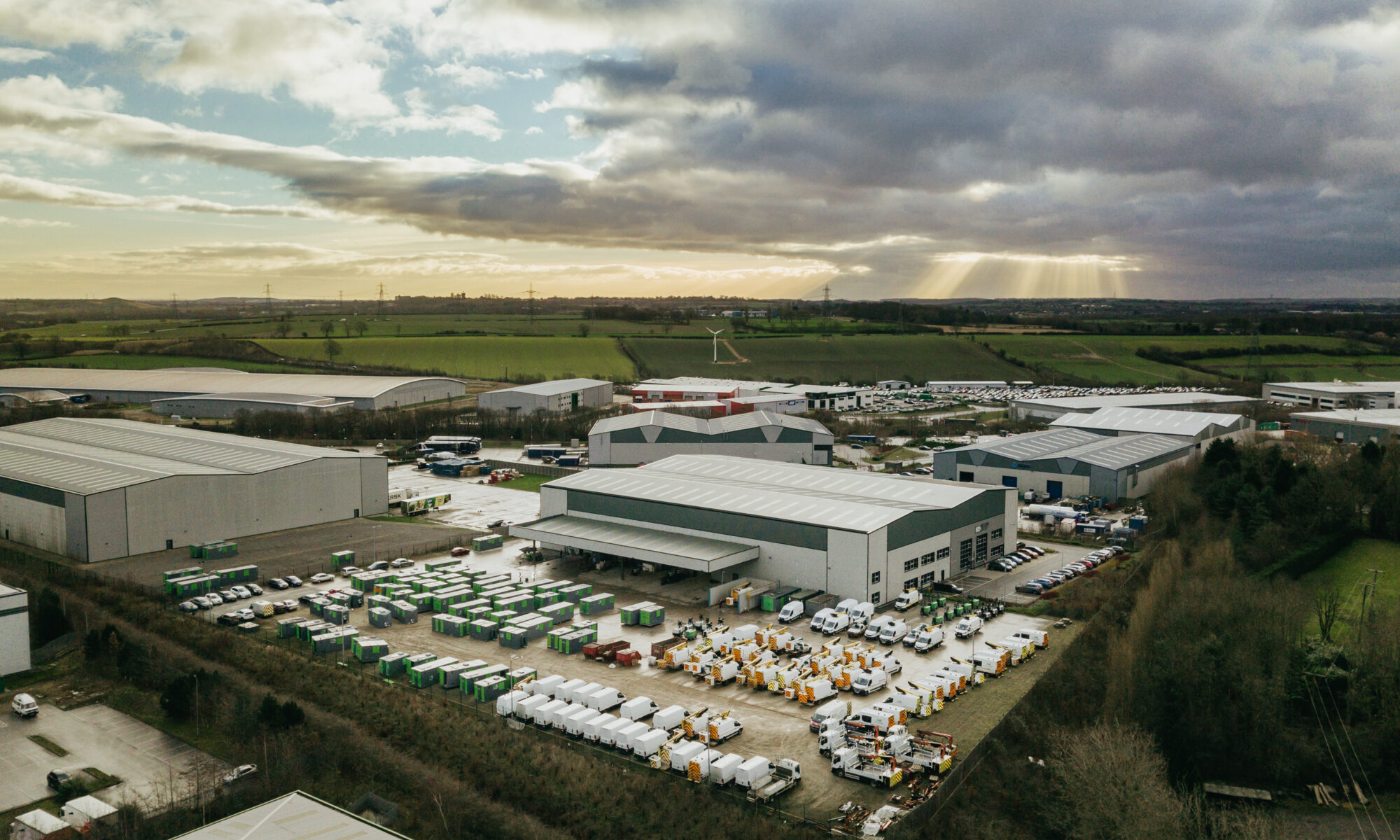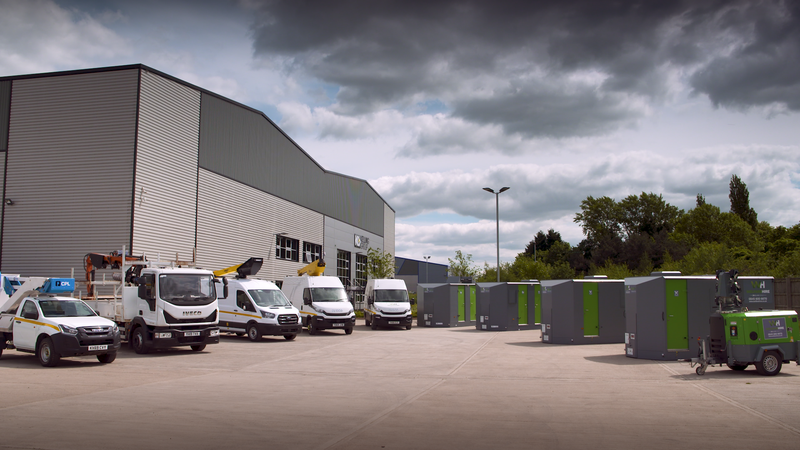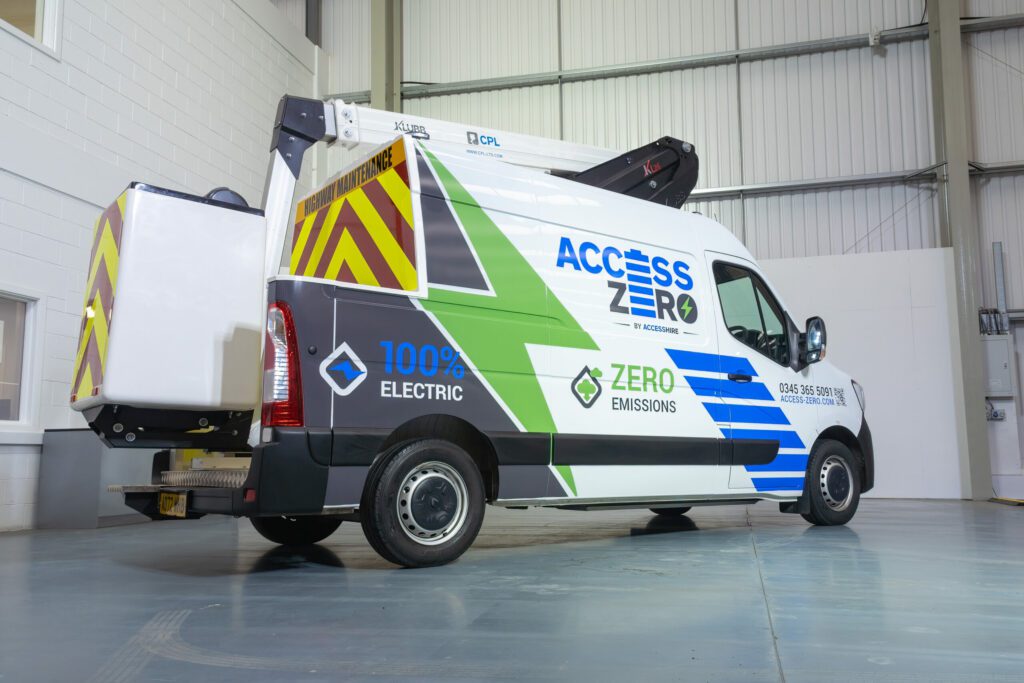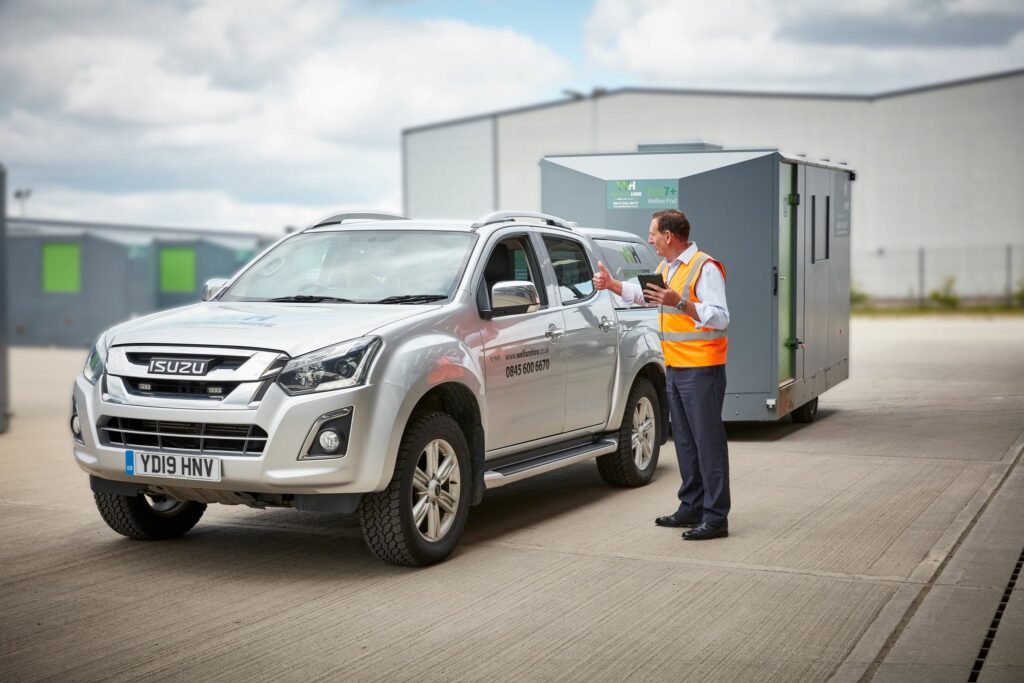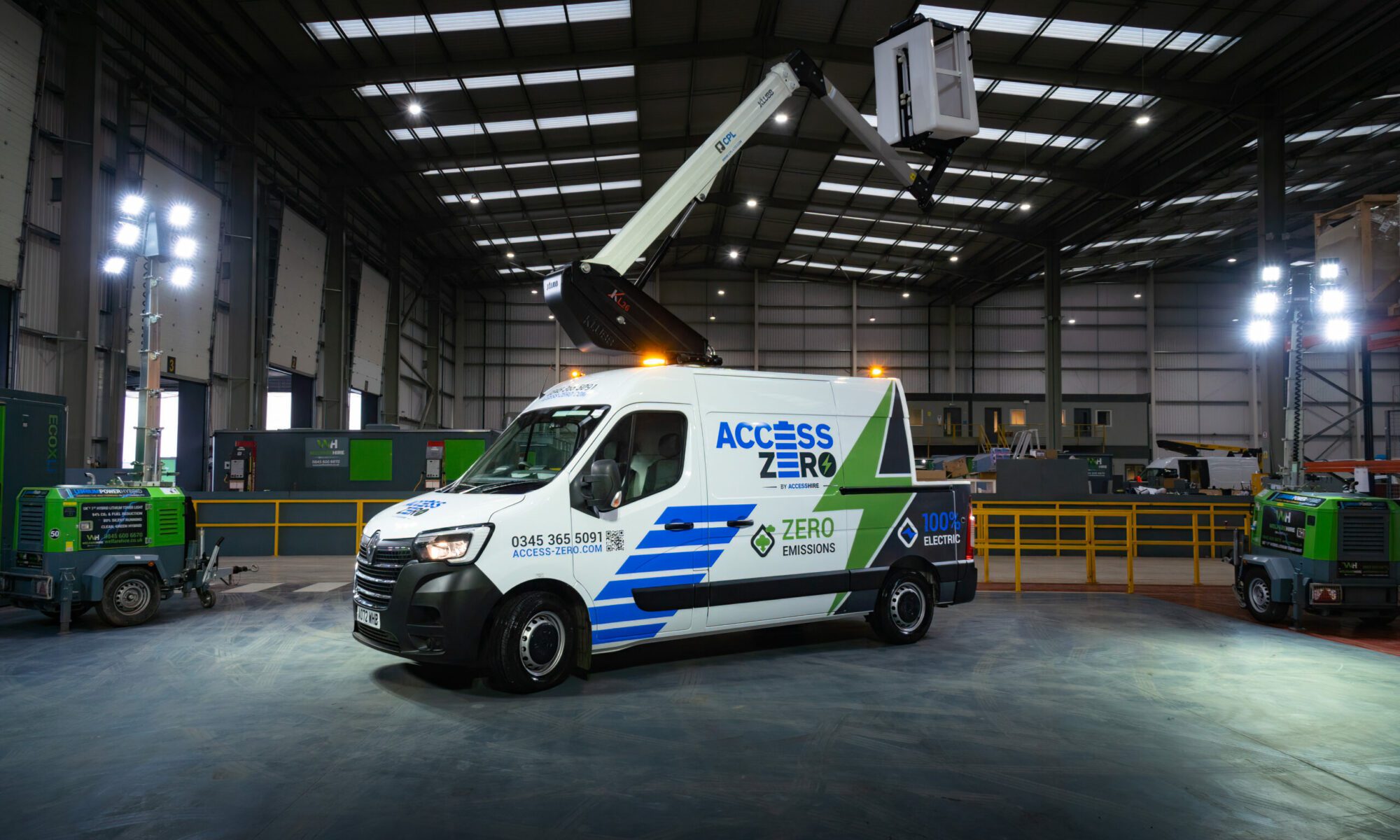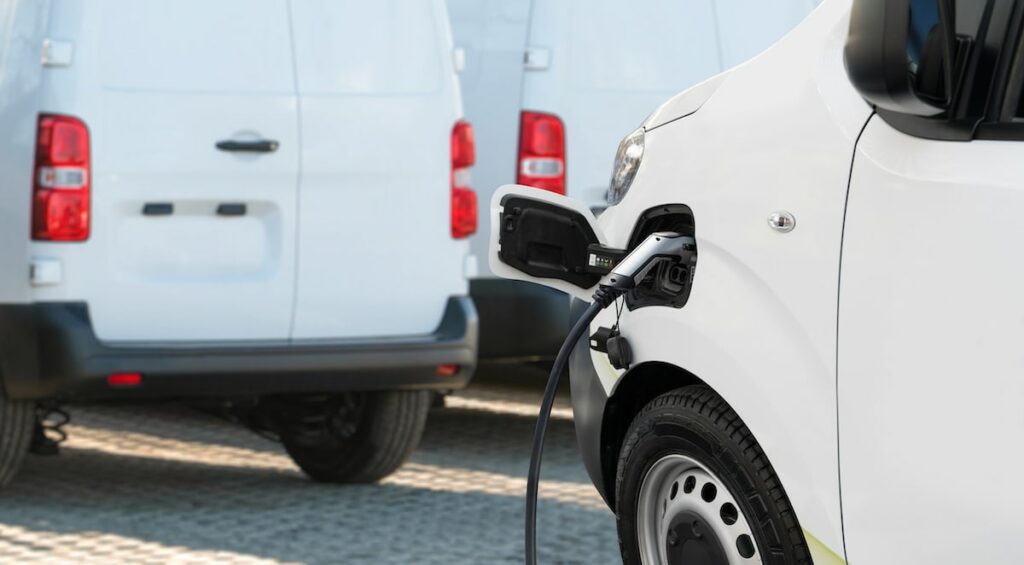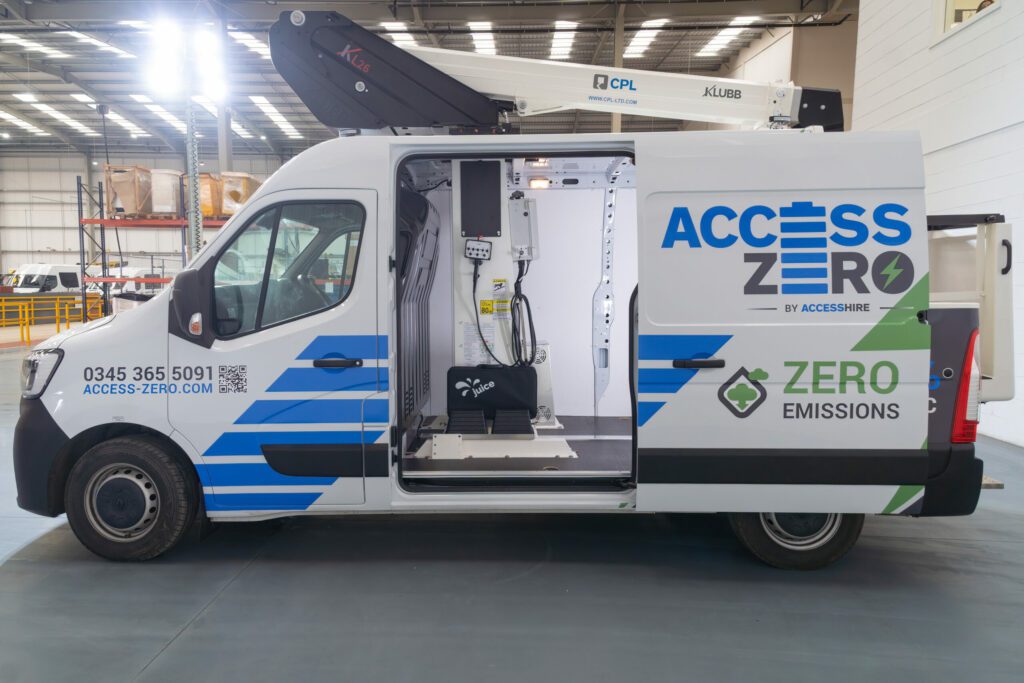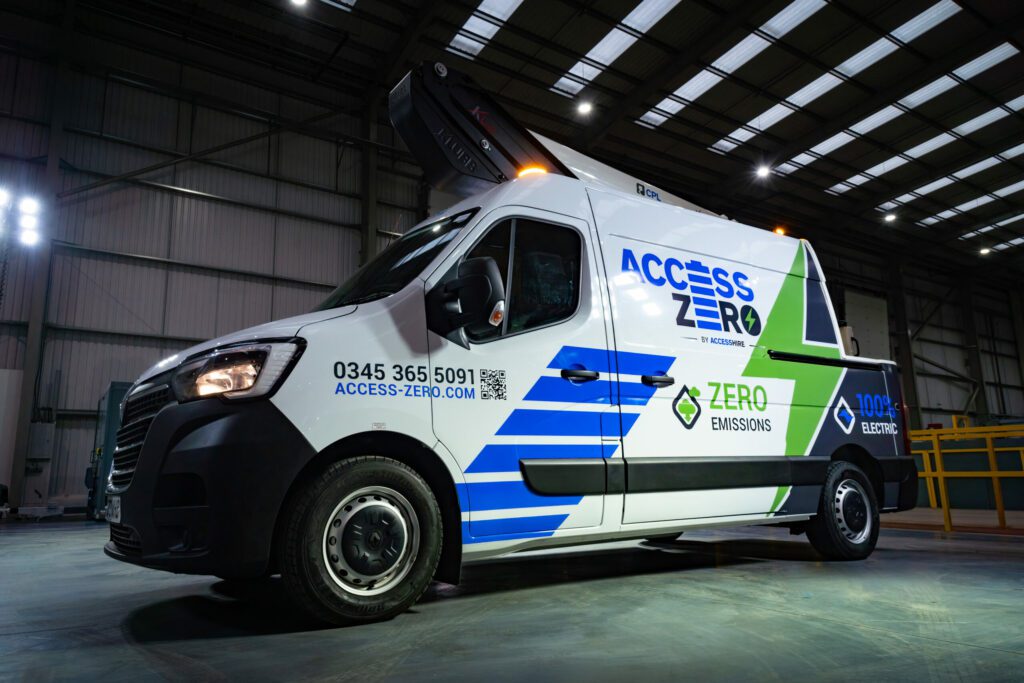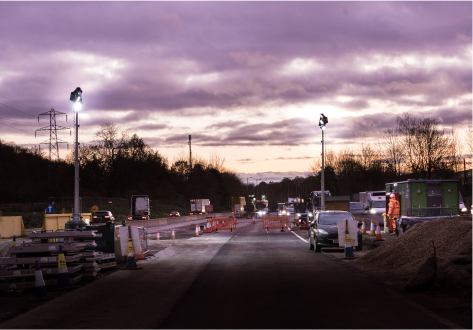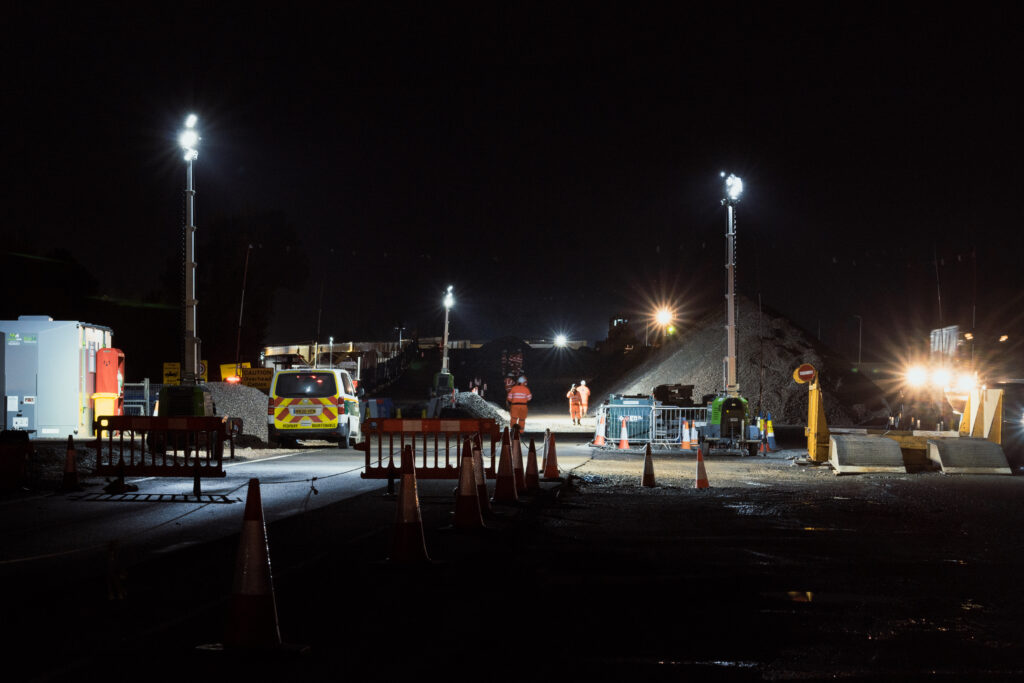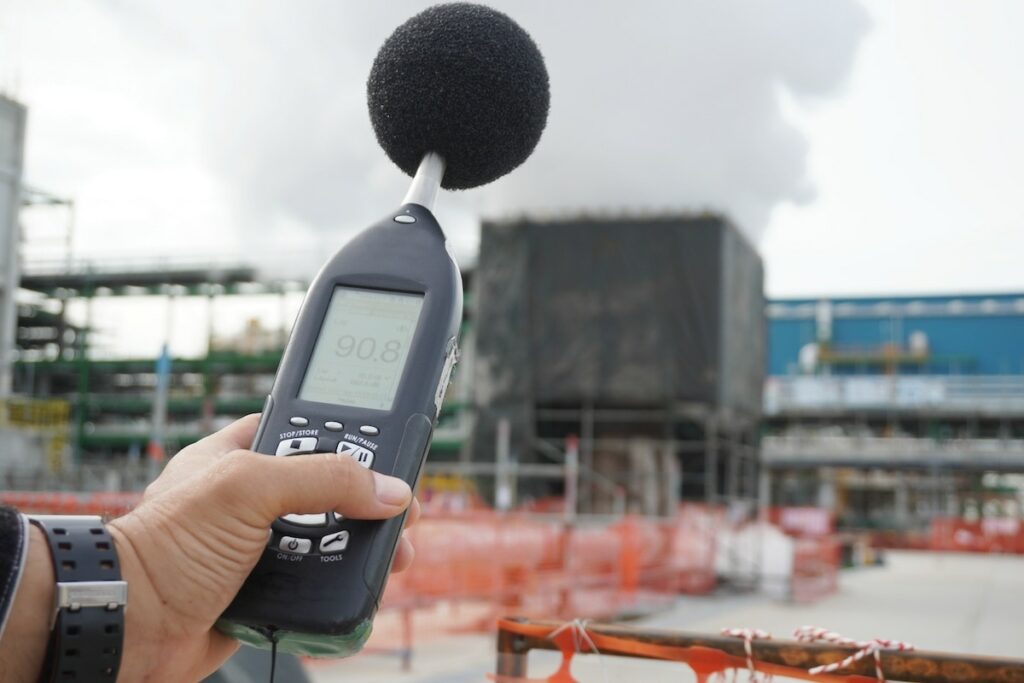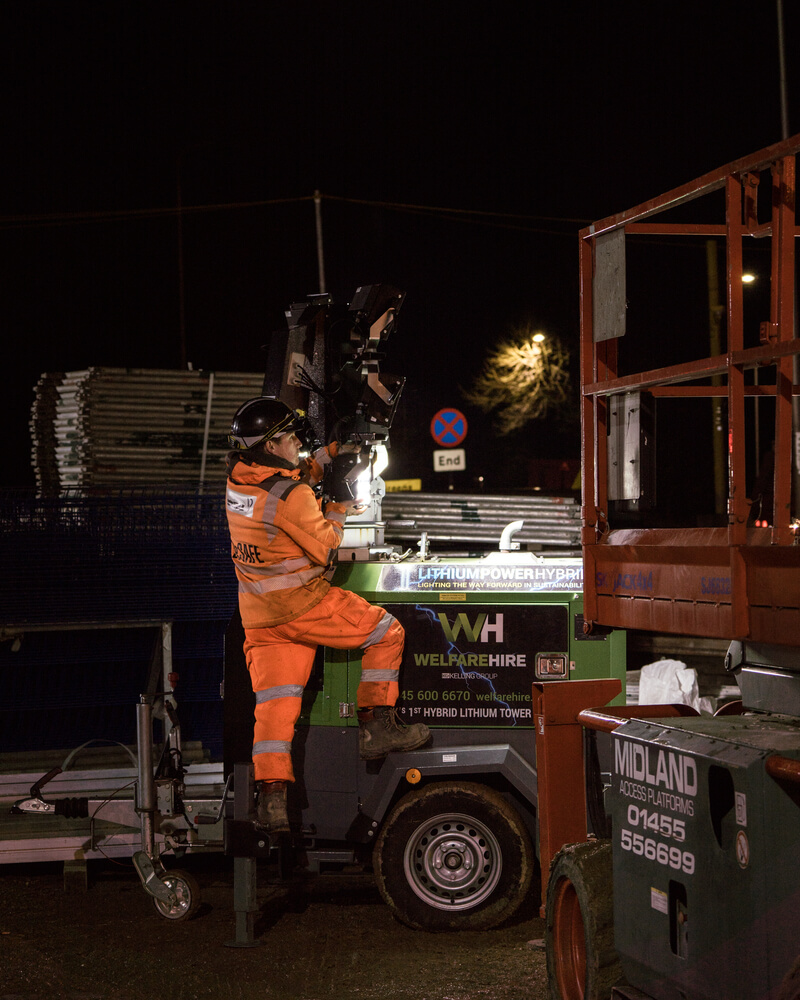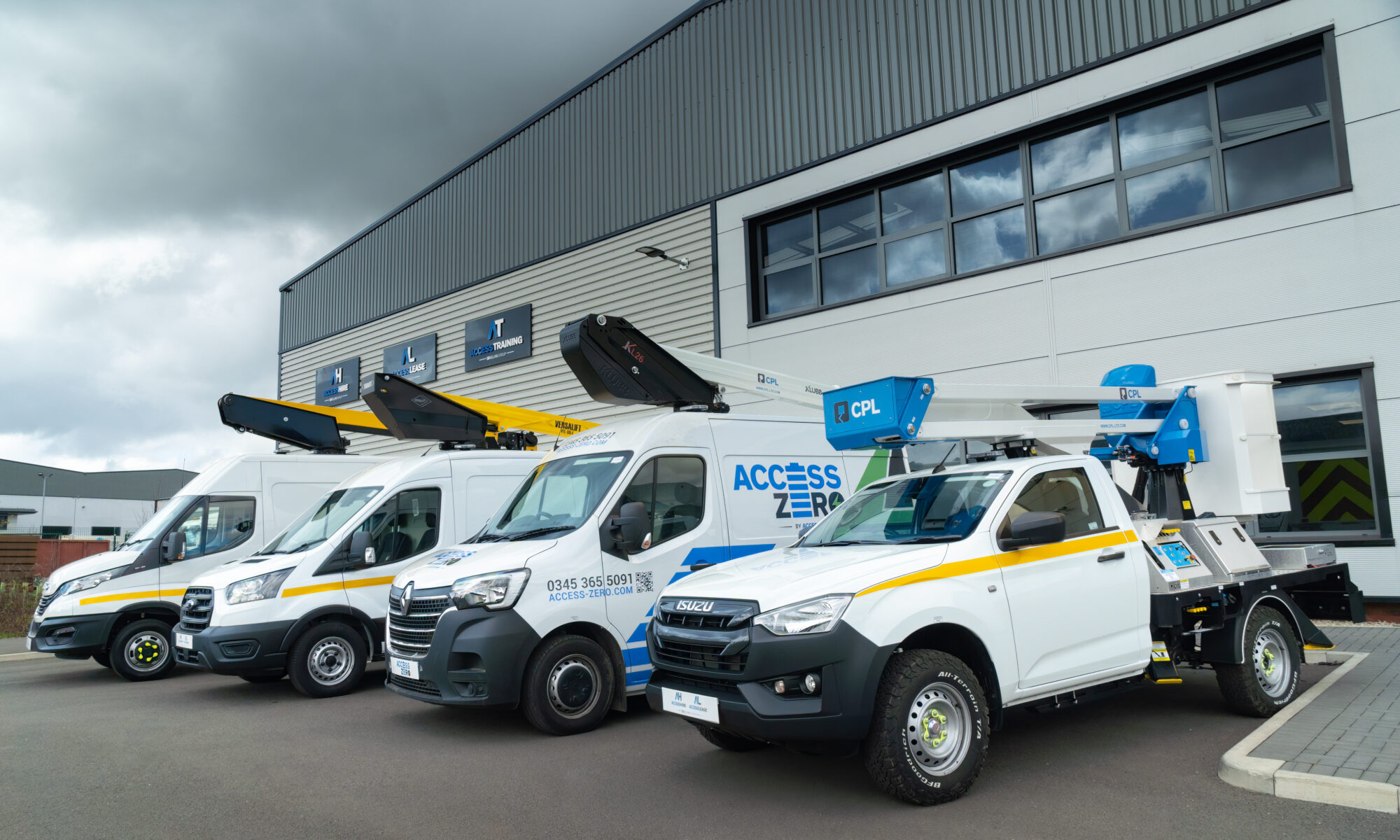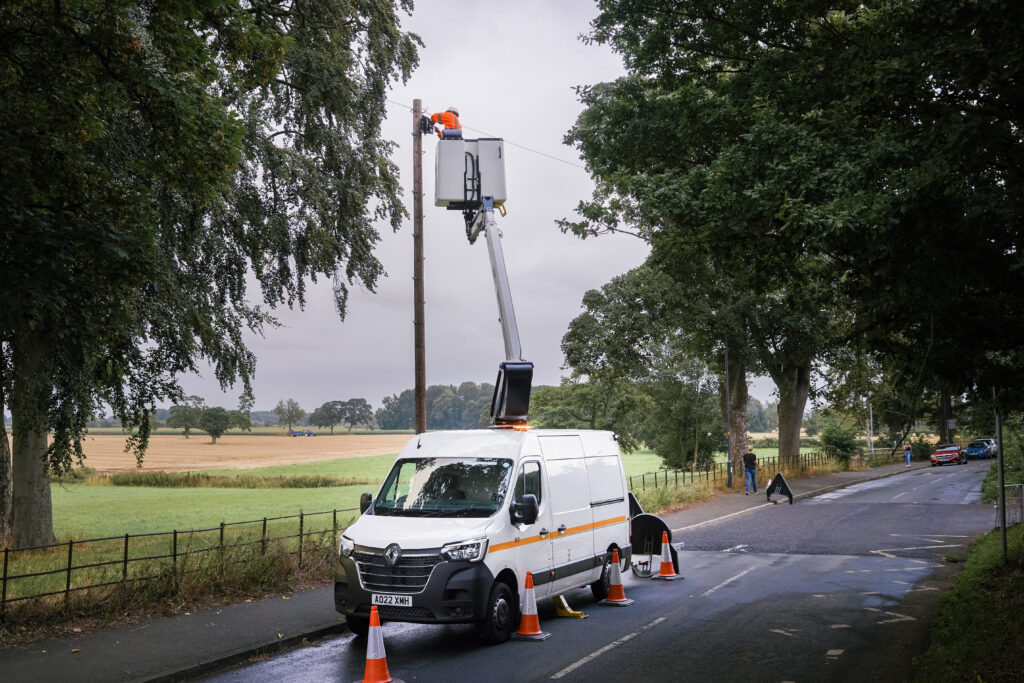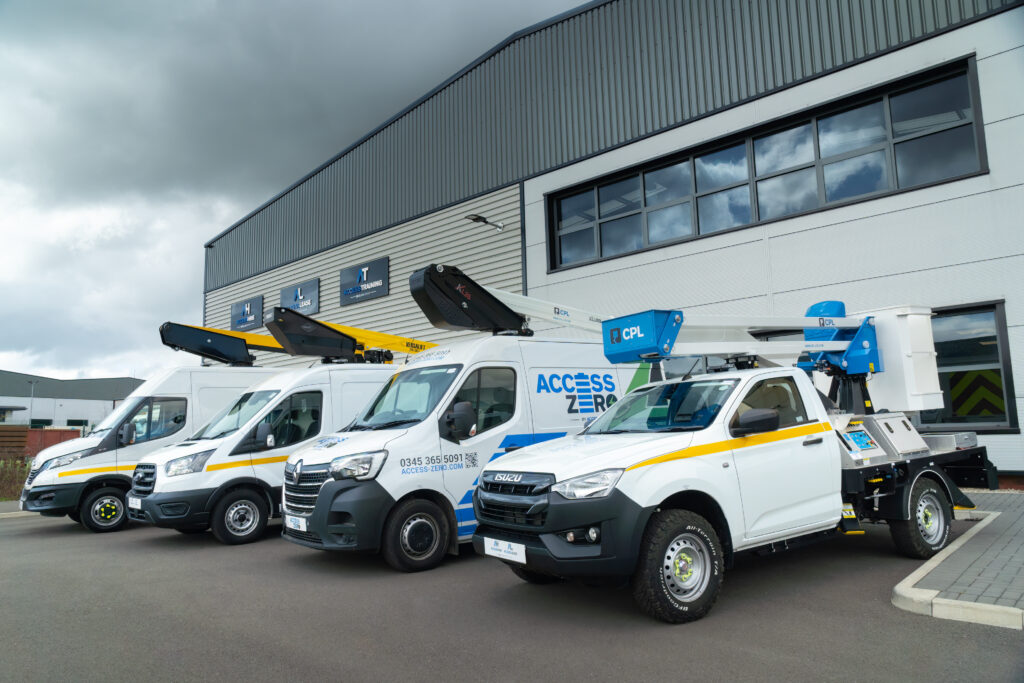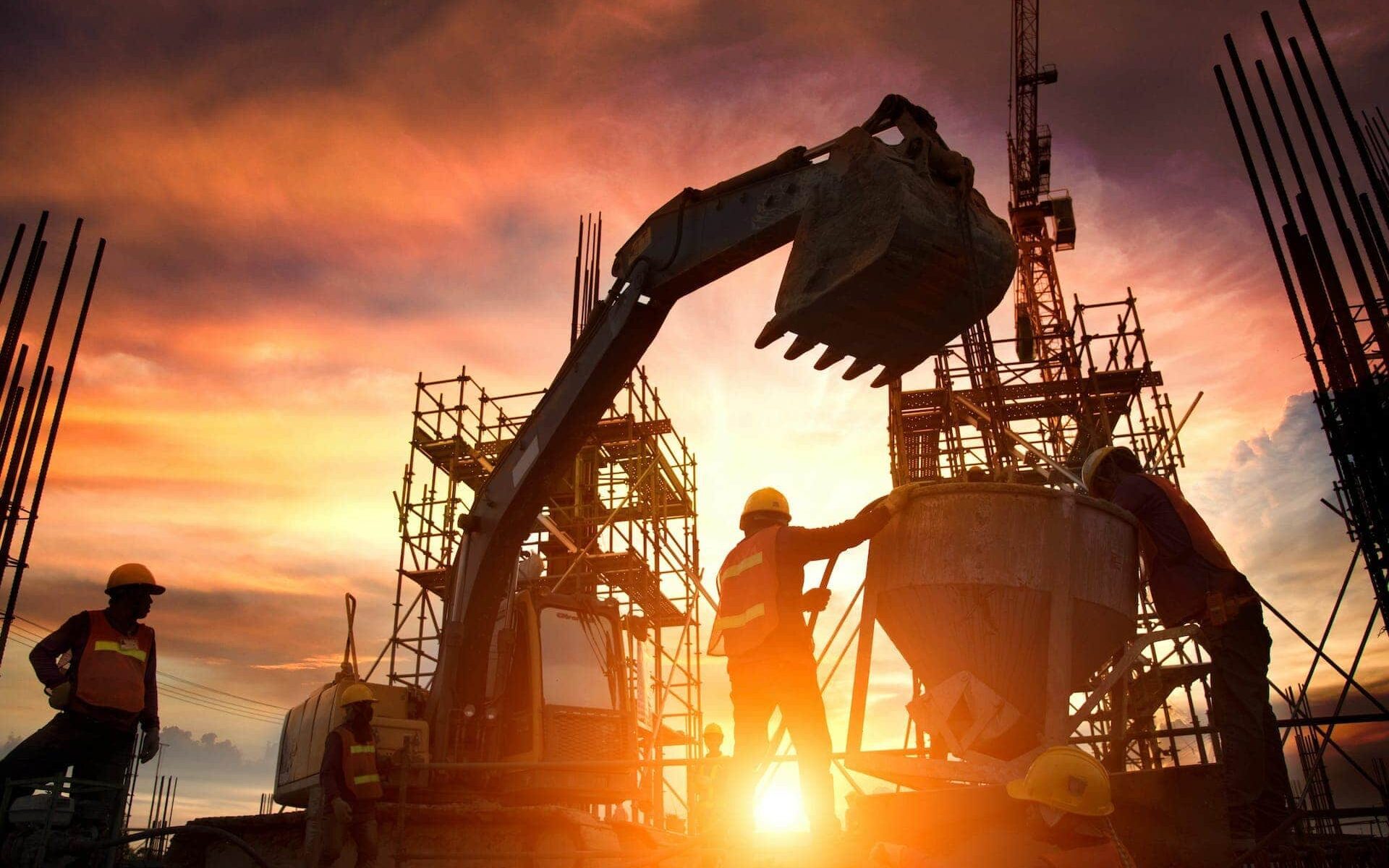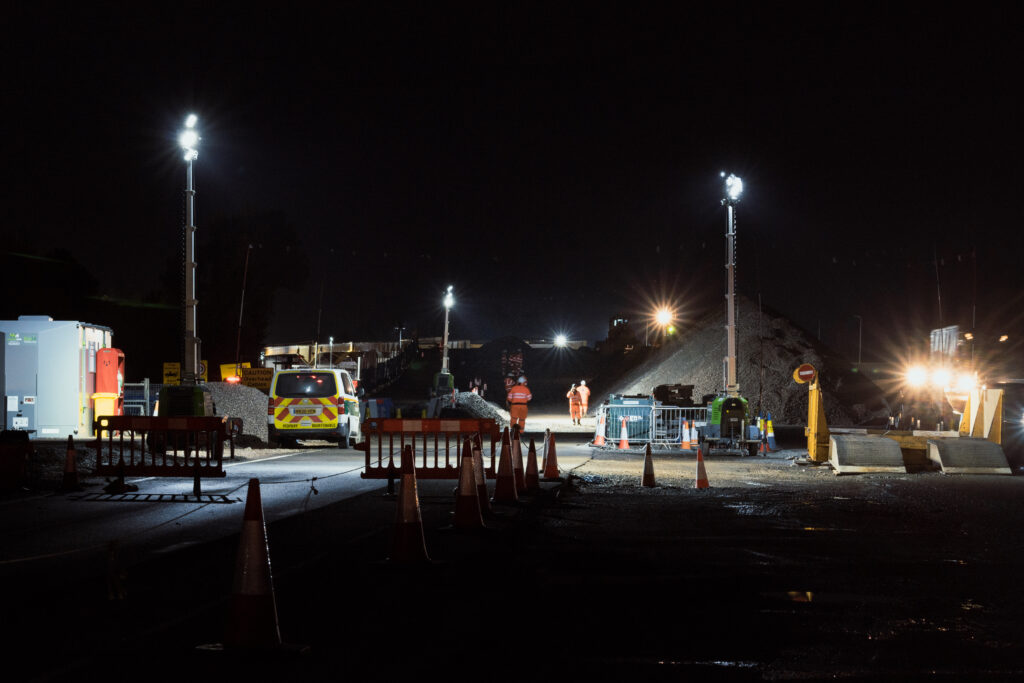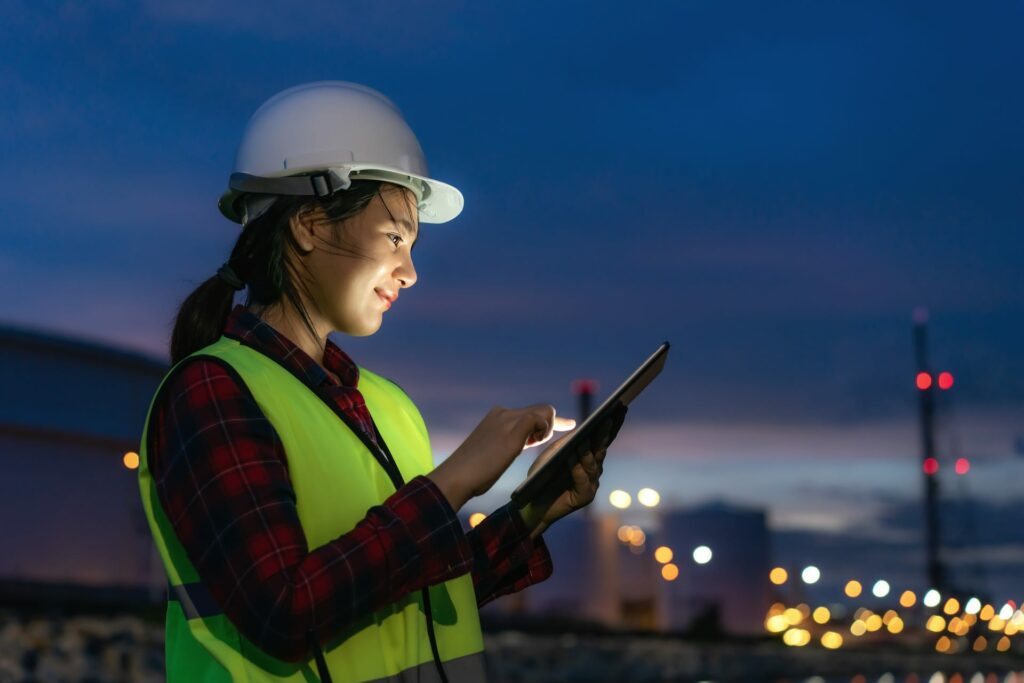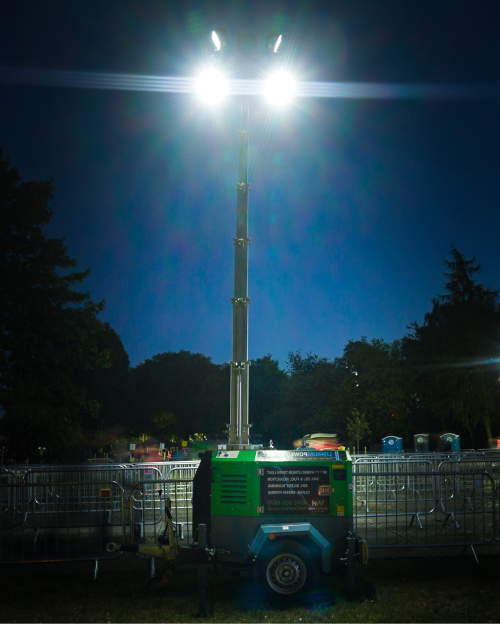If COVID-19 taught us anything, it’s that hygiene matters.
But most construction leaders still assume on-site facilities are simply a matter of Health and Safety (H&S) – not an opportunity to create competitive advantage.
The truth is the hygiene facilities featured in innovative mobile welfare units and welfare vans create many benefits – way beyond simply keeping your staff safe.
Here are three key ways better hygiene facilities produce a meaningful improvement to your project:
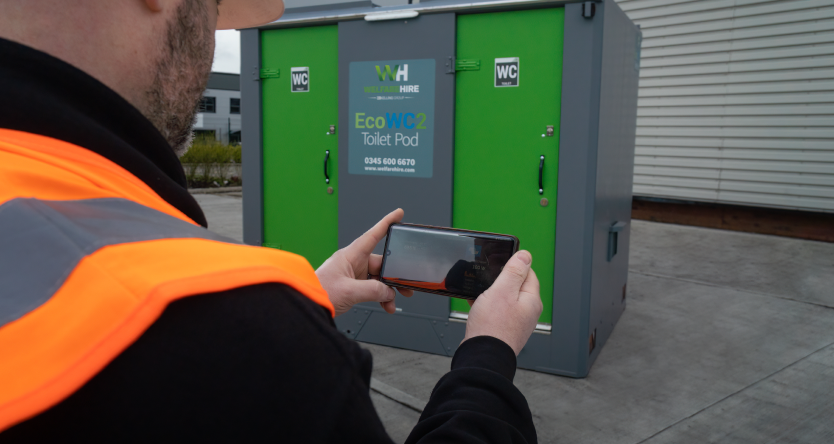
1. Improve Your ESG
On-site facilities require regular servicing to and from the site. This might not seem like much, but these are the sort of easy-to-solve carbon emitting and water wastage practices which accumulate – and end up making a dent in your ESG score.
The average chemical toilet used on construction sites requires at least one weekly service, and doesn’t use recycled water. But this isn’t construction leaders’ only option.
The unique XL Smart Water system built into our ECOWC2 towable toilet block and other welfare units boasts more than 3x more capacity. They typically take several weeks to fill, reducing the frequency of servicing trips – and therefore the carbon emissions your site is responsible for.
Not only that: they also harvest rainwater to create a more sustainable system. Your site is not only responsible for less water usage but you can also report on the smart initiatives taken to make these incremental savings.
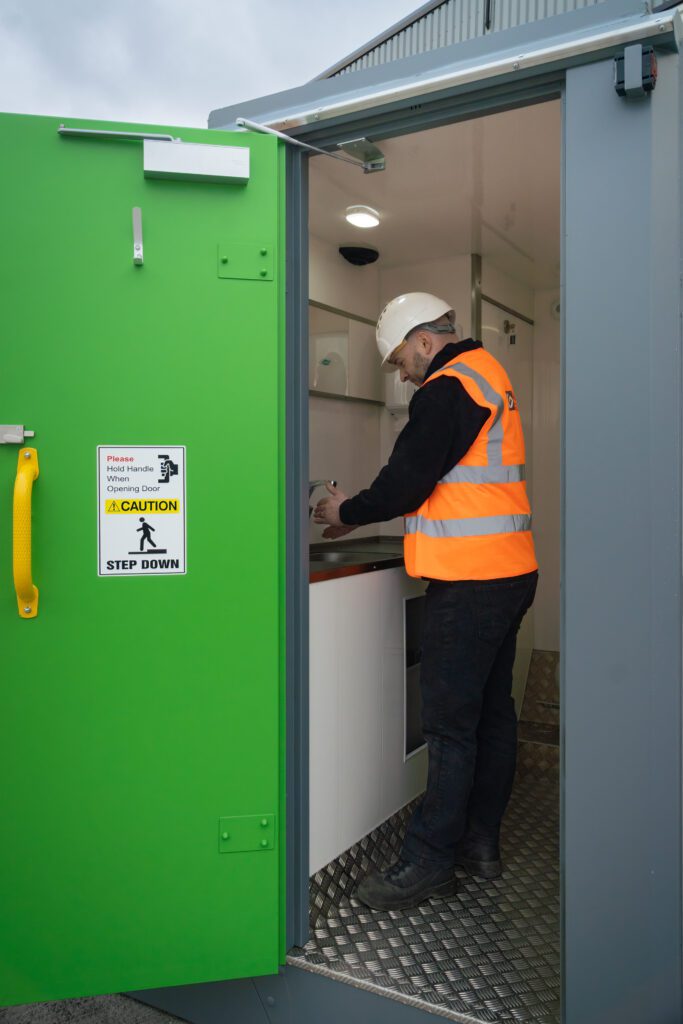
2. Improved Employee Experience
Imagine it’s your first day on a construction site: you go to wash your hands, and discover there’s no hot water. It’s a small factor, but over the course of a full work day – and a complete project – this starts to have a real impact on the general mood and morale on-site.
Better facilities that run smoothly and provide plenty of room can therefore have a dramatic impact on employee experience. It signals to staff that they are valued, helping with general wellbeing, increased retention and loyalty.Improved hygiene also reduces the spread of disease and helps keep your staff safe. 68% of workers say that poor hygiene at work has made them sick and unable to do their job¹ – meaning improved hygiene leads to fewer sick days, higher morale and a more productive workforce.

3. Cost Savings
The cumulative costs of poor hygiene are staggering. One study found that employee sickness related to poor hygiene costs UK business more than £1.5 billion each year alone². As a result, improved on-site hygiene facilities are not just a question of ethics or responsibility to your employees – they are a near-guaranteed boost to your bottom line.
Between fewer sick days from employees, less money spent on services and higher retention of staff, the cost savings attributable to improved on-site hygiene facilities start to add up. But how much could your specific site save?
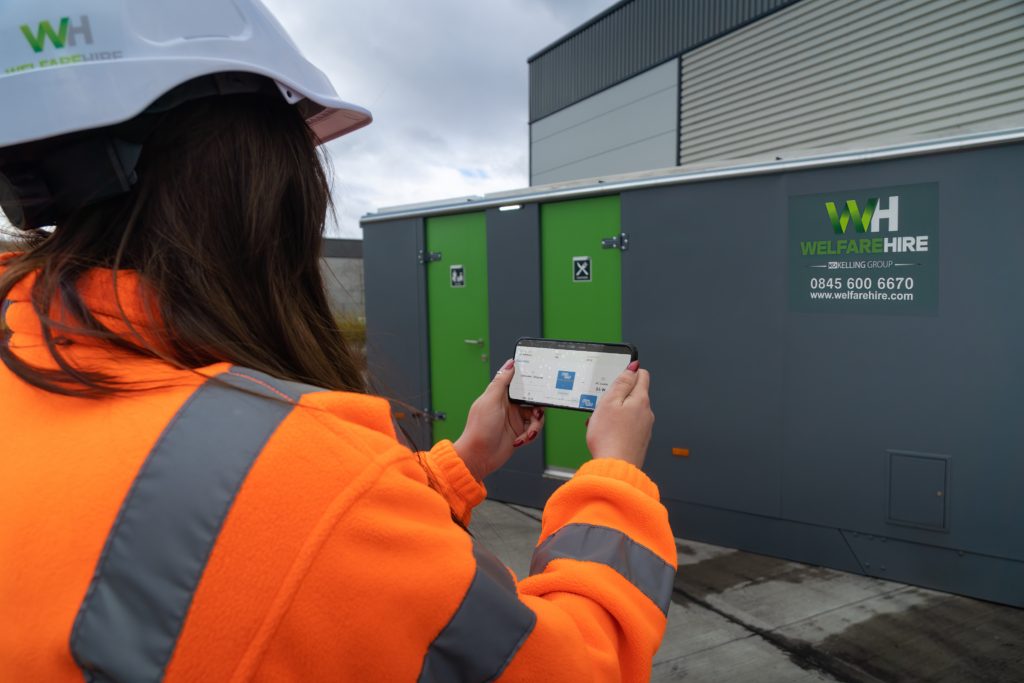
Welfare Hire Measures Your Gains
Welfare Hire offers a range of innovative mobile welfare units fitted with Smart Water systems that improve you ESG, employee experience and bottom line. In fact, our Eco & Social Value Calculator allows you to estimate the exact savings you’ll make by switching to Welfare Hire products:
Want to learn how our ECOWC2 towable toilet block and other welfare units could improve your project?
1.https://www.gov.uk/government/news/16-billion-investment-brought-forward-to-speed-up-vital-water-infrastructure-projects
2.https://www.local.gov.uk/about/news/1300-clean-power-projects-permission-awaiting-construction-say-councils
